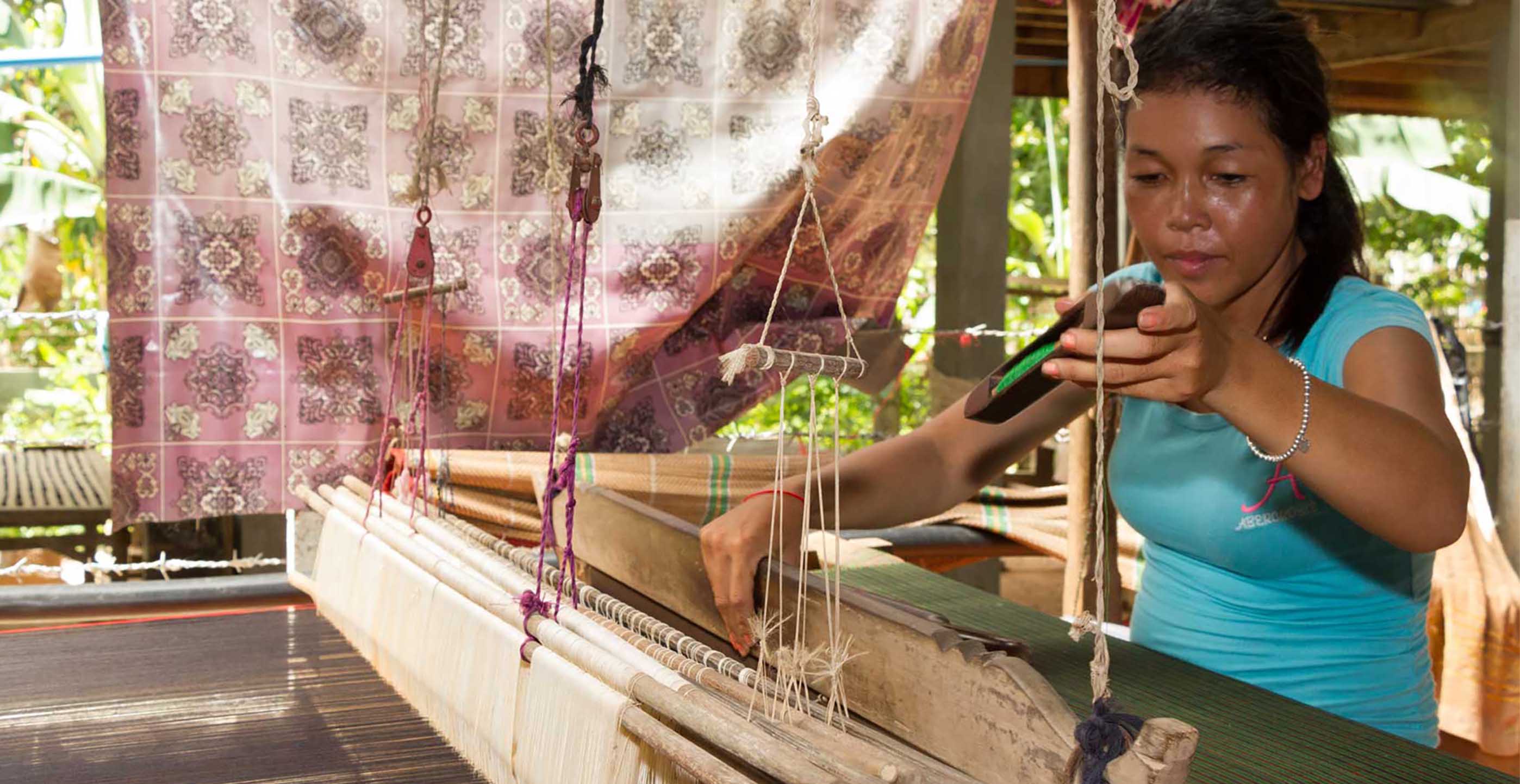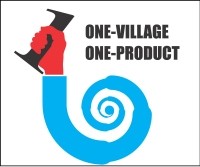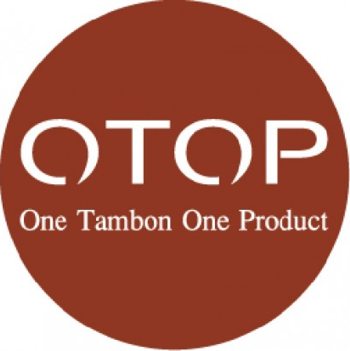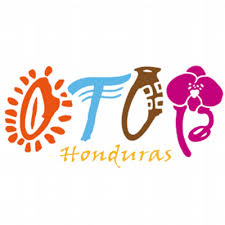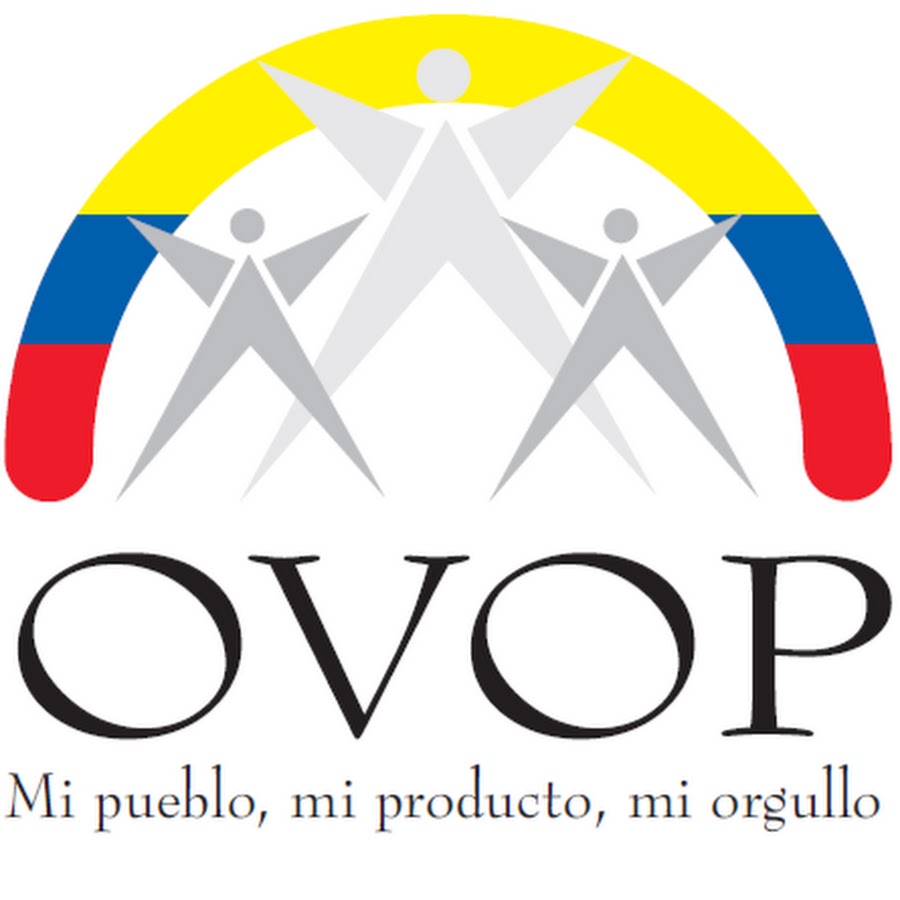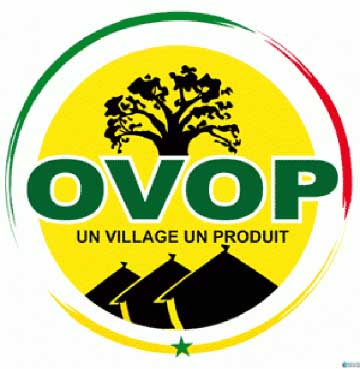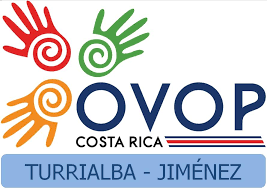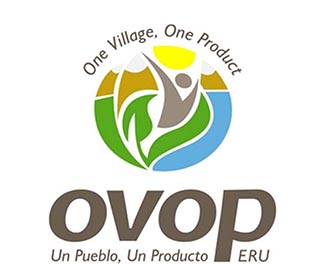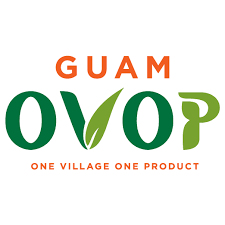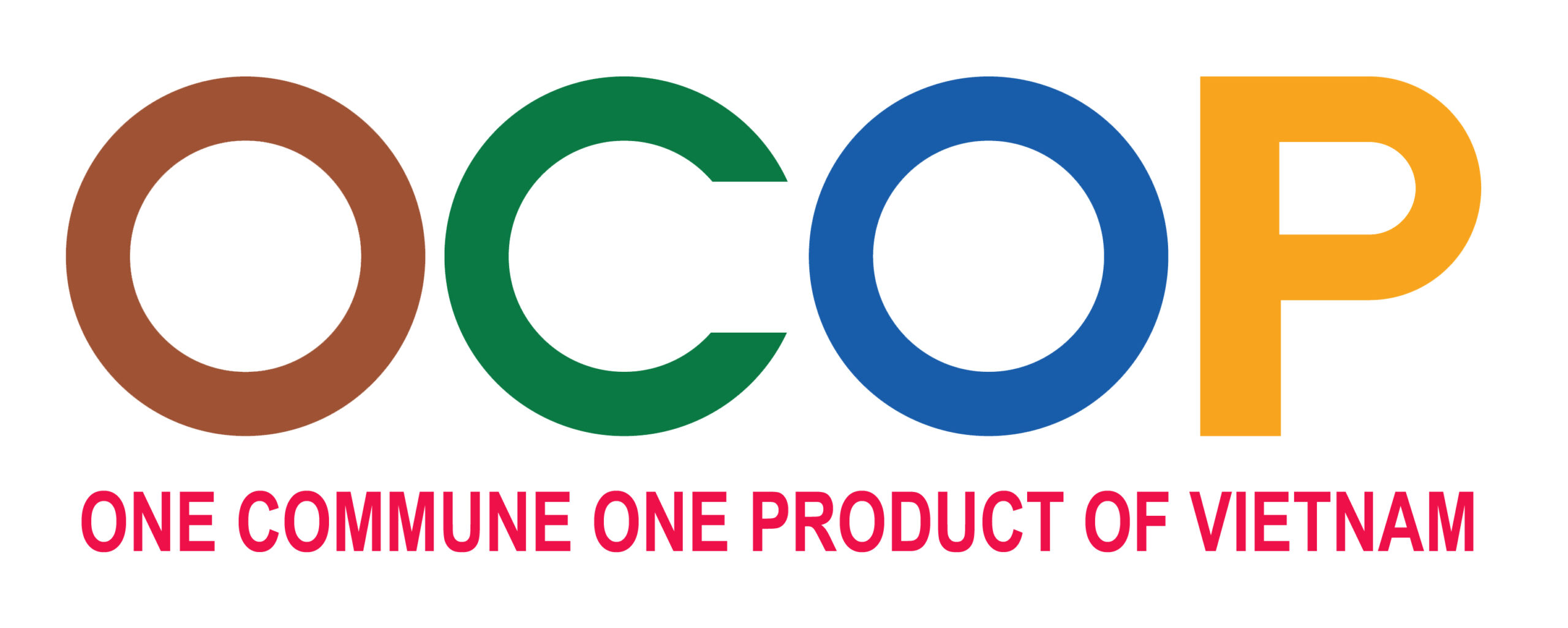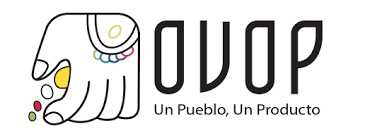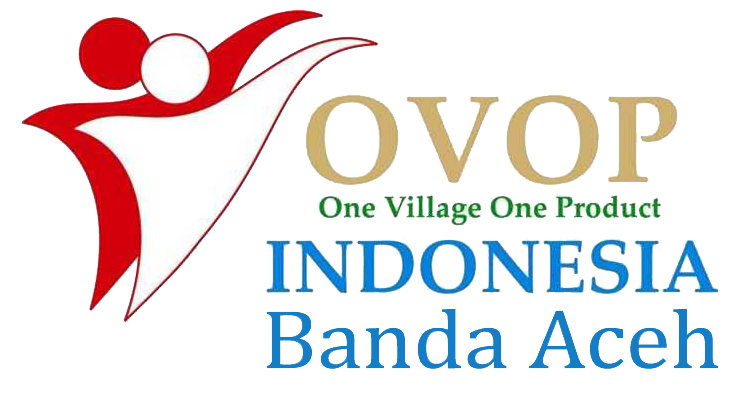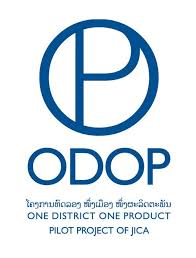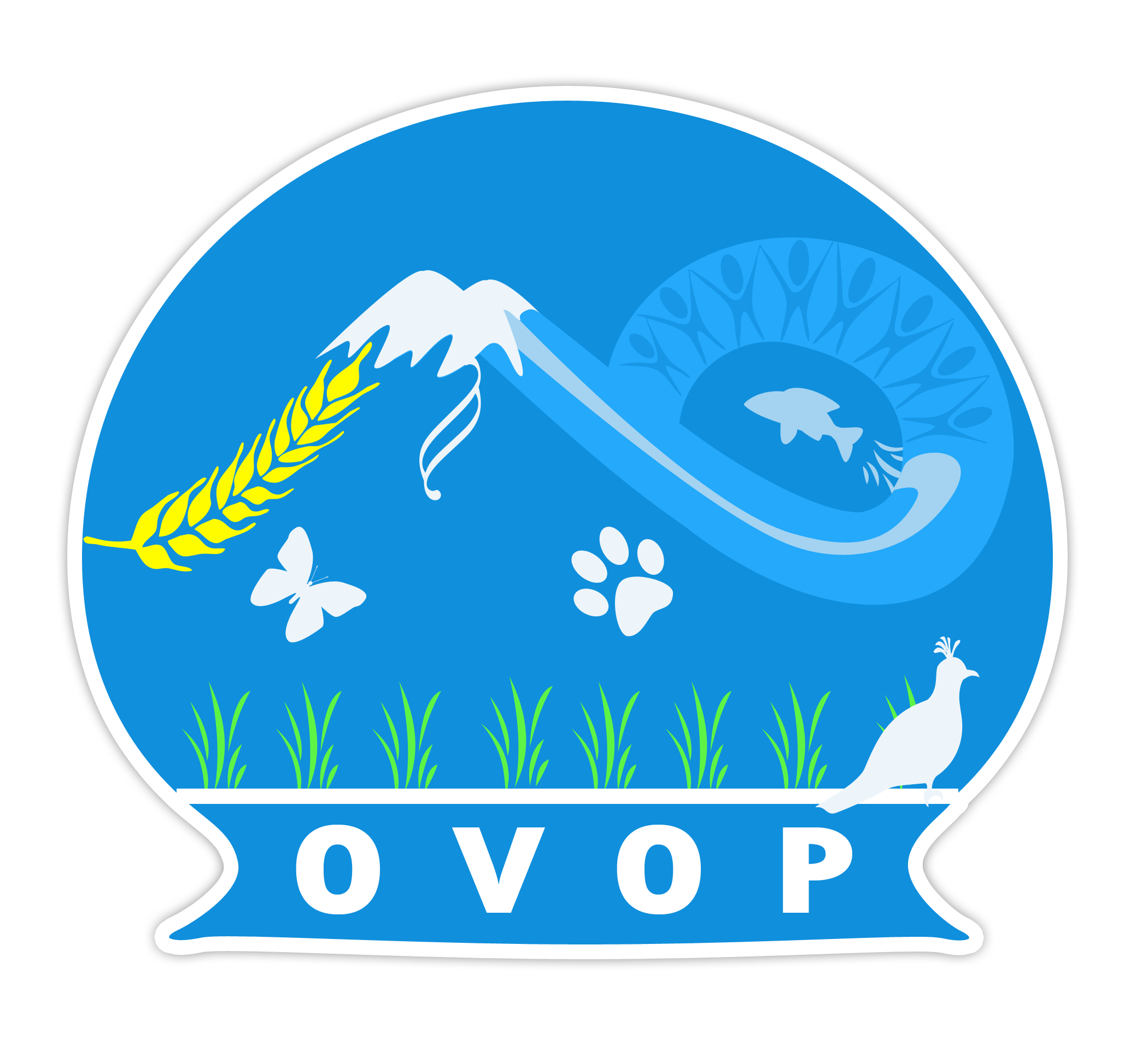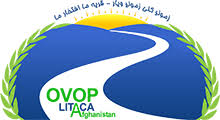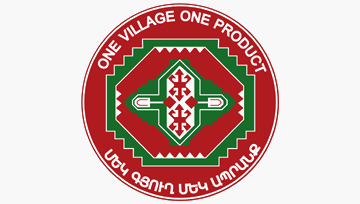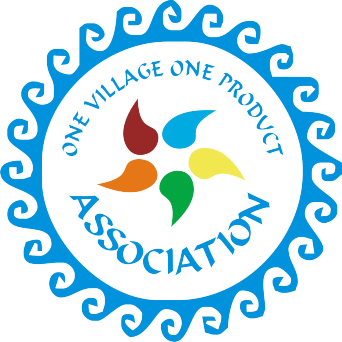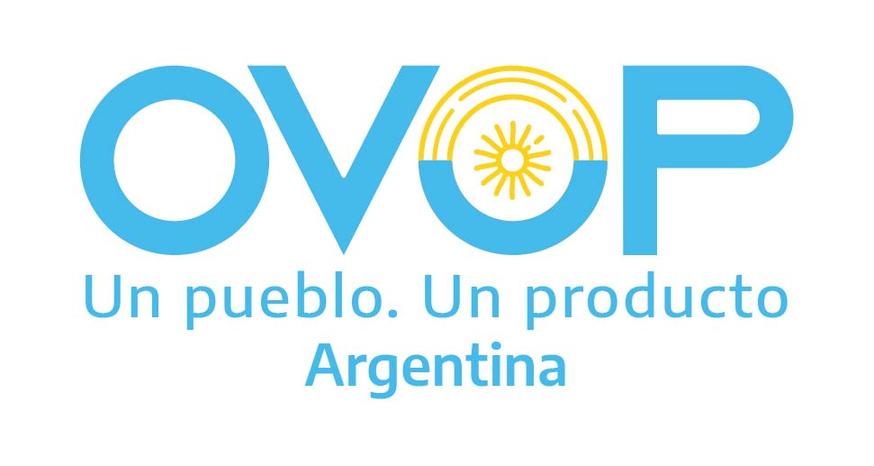Silk weaving has been Khmer people’s tradition for centuries. Ancient Khmers raised silkworms and planted mulberry for silk production. In the past, women were taught about the importance of silk production and silk weaving as part of household chores. But today, for some reasons, farmers have stopped raising silkworms and have instead used imported silk. This change has led to the increase of material cost and has greatly affected farmers’ income.
Before the Khmer Rouge took power, Cambodia was producing an estimated 150,000 kilograms of silk per year. The Khmer Rouge era decimated the mulberry tree population which are the exclusive foodstuffs of silkworms. Currently, there are only very few silkworm farms in Cambodia, and most of them serve as mere showrooms for foreign tourists. It is estimated presently that approximately 400 tons of silk are imported to the country every year, mainly from Vietnam and China. This is a concern; but on the other hand, it’s a proof that the silk demand is high and wide business opportunities are up for grabs.
Most weavers in Cambodia are women–the craft is passed down from mother to daughter. They usually start weaving when they are in their early teens and continue until their eyes give out. Many of them are subsistence farmers during the rice season, and most have one or two looms set up in houses that lack running water.
The Cambodian government is aware of the challenges that the silk industry is now facing, and in response recently suspended all import taxes and value-added tax for silk imports to help keep down the spiraling cost of silk. In addition to lowering the costs of silk imports, the government also recognizes the importance of making locally cultivated silk available to weavers and has tried to encourage farmers to begin growing mulberry trees, the main source of food for silkworms. The process is a slow one, however. Propagating mulberry trees is not difficult, but many Cambodian farmers prefer to go with more secure crops such as cassava. Rêcntly the United Nations financed a project to help create a silkworm production center here but Cambodia still only produces only 2% of the thread used by its weavers, who continue to rely on silk imports.
Before the Khmer Rouge took power, Cambodia was producing an estimated 150,000 kilograms of silk per year. The Khmer Rouge era decimated the mulberry tree population which are the exclusive foodstuffs of silkworms. Currently, there are only very few silkworm farms in Cambodia, and most of them serve as mere showrooms for foreign tourists. It is estimated presently that approximately 400 tons of silk are imported to the country every year, mainly from Vietnam and China. This is a concern; but on the other hand, it’s a proof that the silk demand is high and wide business opportunities are up for grabs.
Most weavers in Cambodia are women–the craft is passed down from mother to daughter. They usually start weaving when they are in their early teens and continue until their eyes give out. Many of them are subsistence farmers during the rice season, and most have one or two looms set up in houses that lack running water.
The Cambodian government is aware of the challenges that the silk industry is now facing, and in response recently suspended all import taxes and value-added tax for silk imports to help keep down the spiraling cost of silk. In addition to lowering the costs of silk imports, the government also recognizes the importance of making locally cultivated silk available to weavers and has tried to encourage farmers to begin growing mulberry trees, the main source of food for silkworms. The process is a slow one, however. Propagating mulberry trees is not difficult, but many Cambodian farmers prefer to go with more secure crops such as cassava. Rêcntly the United Nations financed a project to help create a silkworm production center here but Cambodia still only produces only 2% of the thread used by its weavers, who continue to rely on silk imports.






